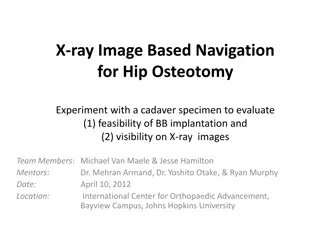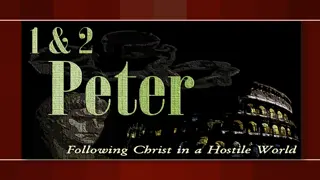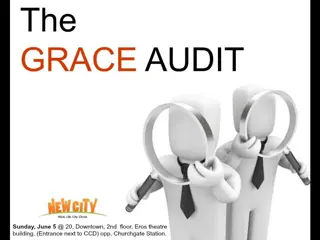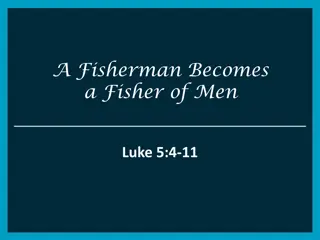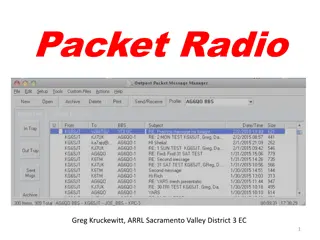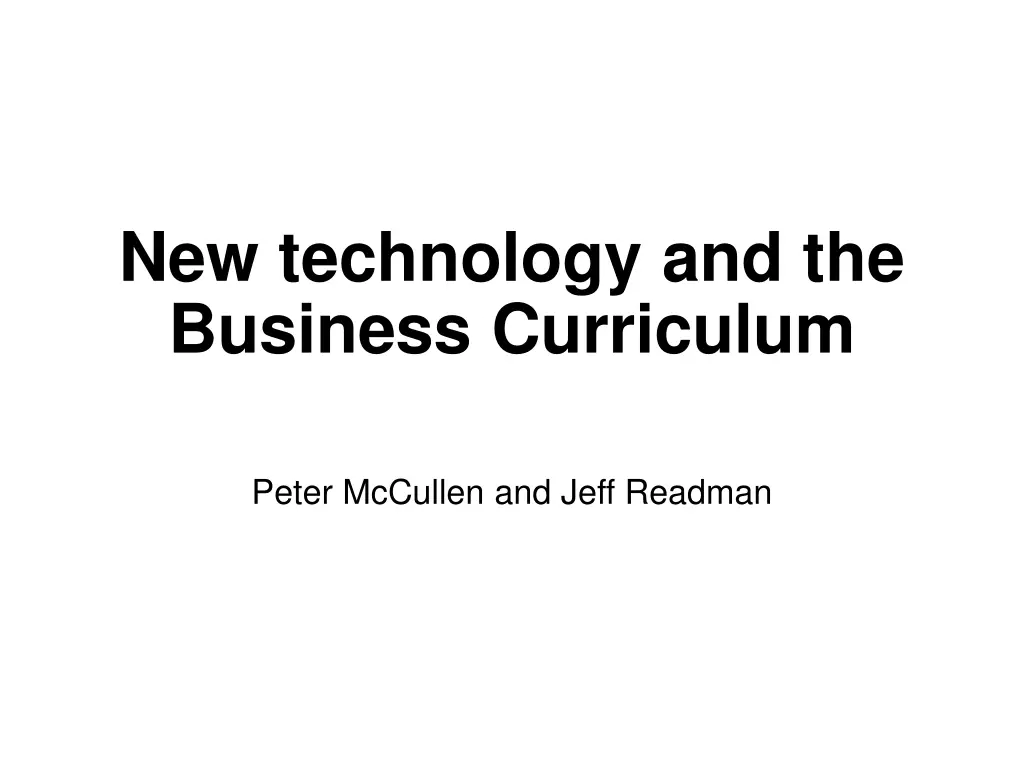
Business Curriculum & Technological Transformations
Explore the impact of new technology on business curriculums, analyzing PESTEL factors, preparing students for a changing world, and understanding long waves of technological change.
Download Presentation

Please find below an Image/Link to download the presentation.
The content on the website is provided AS IS for your information and personal use only. It may not be sold, licensed, or shared on other websites without obtaining consent from the author. If you encounter any issues during the download, it is possible that the publisher has removed the file from their server.
You are allowed to download the files provided on this website for personal or commercial use, subject to the condition that they are used lawfully. All files are the property of their respective owners.
The content on the website is provided AS IS for your information and personal use only. It may not be sold, licensed, or shared on other websites without obtaining consent from the author.
E N D
Presentation Transcript
New technology and the Business Curriculum Peter McCullen and Jeff Readman
The T of the PESTEL macro- environmental analysis
Some questions? How do we expect students to make sense of these and other unanticipated developments within the curriculum, e.g. business analysis? How will these technologies change the workplace and the skills required by employers? How do we prepare young people for a rapidly changing world where nothing is certain? What mind set enables people to prosper and how can we foster it?
Successive waves of technical change Historically, long-term fluctuations in the economy were linked to price variations, interest rates and trade flows Schumpeter (1939) revisited the notion of cycles of industrial revolutions covering 50 year periods Fluctuations were caused by the introduction of new technological innovations Adapted by Freeman (1982) to include different historical epochs (and time frames) Not deterministic cycles but long waves of technological transformation (Kondratieff waves) Schumpeter, J (1939) Bushiness cycles: A theoretical, historical and statistical analysis of the capitalist process: New York, McGraw-Hill Freeman, C. (1982), The Economics of Industrial Innovation: London, Pinter
Major Innovation Epochs Era Innovation Wave Key features Input products 1780s-1840s Industrial Revolution factory production Canals Water power Cotton 1840s-1890s Steam and railways Professional engineers, primary education Coal and iron 1890s-1940s Electricity and steel Industrial R&D labs, National standards Steel 1930s-1990s Mass production of automobiles and materials Large scale industrial and government R&D, Mass education Oil and plastics 1990s- Microelectronics Computer networks Internet and digitalisation Microelectronics
Turning economic patterns into strategy Porter visualized strategy using industrial organization economics Barriers to entry, rivalry and buyer/supplier power are monopolistic factors (and not efficient for society) Firm strategy is to create a monopolistic situations (and are good for an individual firm) Christensen has attempted to turn Schumpeter s view of long wave transformation into firm strategy Disruptive technological change sweeps away existing firms and business models How can a firm create disruptive technologies and reap the benefits?
Innovation Innovation Something that is new, leading to an improved product, process or organisational form. Note that the underlying technology or technique may not be entirely new, and is usually transferred from another realm, e.g. the application of electronics to photography in the 1960s, enabling cameras that automatically adjusted to different light conditions.
Diffusion (spread) of Innovation Diffusion (spread) of Innovation Percentage Later adopters adoption Required adoption Early adopters Actual adoption Time Adapted from Rogers, E. (2003) Diffusion of Innovations , Free Press.
Innovation Innovation- -Decision Process Decision Process Prior conditions for change Previous practice Felt needs Innovativeness Norms Confirmation Implementation Decision Persuasion Knowledge Adoption Continued adoption Later adoption Perceived characteristics of innovation Relative advantage Compatibility Complexity Trialability Observability Abandonment Continued rejection Rejection Adapted from Rogers, E. (2003) Diffusion of Innovations , Free Press.
Types of innovation Types of innovation Sustaining innovation Evolutionary (improvements) Revolutionary (enabling new products and processes) Disruptive (creating new markets) Source: Christensen, C (1997)
Disruptive innovation Disruptive innovation "Generally, disruptive innovations were technologically straightforward, consisting of off-the-shelf components put together in a product architecture that was often simpler than prior approaches. They offered less of what customers in established markets wanted and so could rarely be initially employed there. They offered a different package of attributes valued only in emerging markets remote from, a unimportant to, the mainstream. Source: Christensen, C (1997) The innovator's dilemma: when new technologies cause great firms to fail , Harvard Business School Press
How does technical change affect business? New processes New products Alternative value systems (disintermediation) New business models
Challenges What will work or employment look like in five years? Forecasting and futurology usually get it wrong Are BBS courses fit for purpose? Automation vs. HR Google analytics vs marketing surveys Are we providing BBS students the required competences? Applied skills in technology? Aspirational mind-set to adapt to changes?







